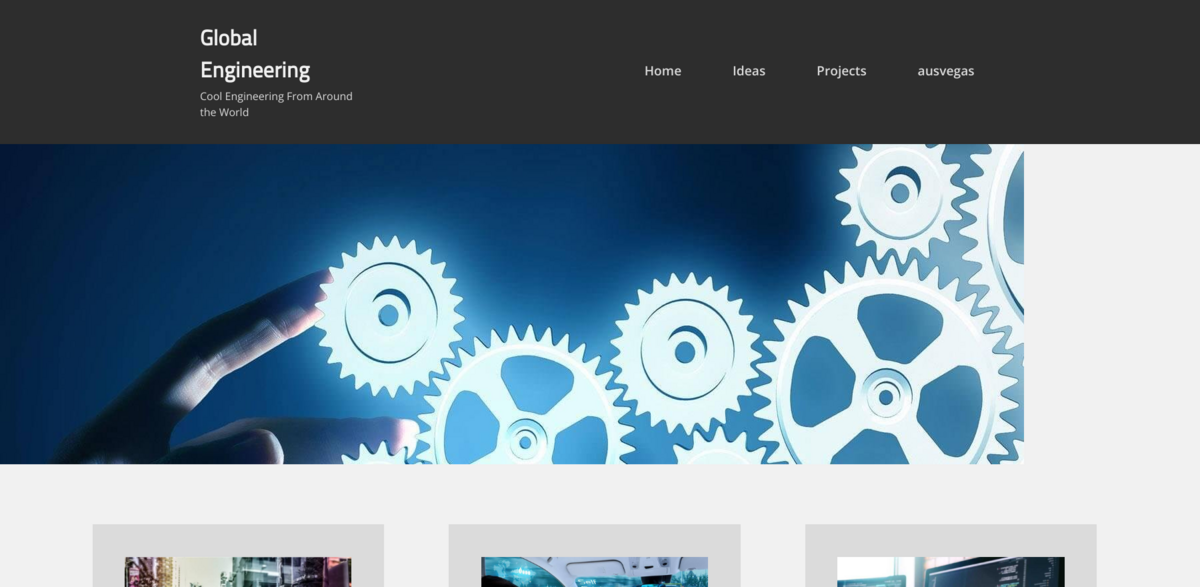What the Project Is About: Buildings and Society
Architecture isn’t just about putting up structures; it’s a vivid reflection of a city’s soul. This project dives into how local architecture tells the story of a city—its past, its culture, and even its economic heartbeat. When you stroll through a city’s streets, the buildings you see aren’t just bricks and mortar; they’re chapters of history, snapshots of social conditions, and symbols of progress. It’s about understanding how a city’s skyline mirrors its identity and the lives of its people.
Main Benefit: Revealing a City’s Identity Through Architecture
Architecture offers a unique window into a city’s character. Here are some key insights:
- Historic buildings and landmarks show pride in heritage and encourage cultural learning.
- The materials used in construction hint at the city’s financial status and technological advancement.
- Building types—government offices, commercial spaces, residential areas—reflect social priorities and economic conditions.
- Urban design reveals how a city manages transportation, public spaces, and pedestrian flow.
- Ongoing infrastructural development signals economic growth and modernization.
Architecture as a Reflection of the City’s Past
Many cities put effort into preserving their historic buildings and landmarks. This isn’t just about keeping old structures standing; it’s about showcasing a deep respect for the past. These preserved sites invite visitors to step back in time, learn about the city’s journey, and see how culture and progress have evolved side by side. It’s a way for cities to wear their history proudly, making the past a living part of the present.
Materials Used Speak Volumes
Look closely at what buildings are made of, and you’ll get a sense of the city’s progress and wealth. Modern materials often mean modern methods and a forward-thinking society. Whether it’s sleek glass facades or sturdy stone, the choice of materials tells a story about how advanced and financially stable a city is. It’s like reading between the lines of construction to understand the bigger picture.
Architecture Reflects Social and Economic Conditions
Buildings don’t just serve a purpose—they reveal the social and economic fabric of a city. In wealthier, first-world cities, expect to see cutting-edge architecture and well-maintained buildings. In contrast, cities facing economic challenges might have older, rundown structures. The types of buildings also matter: government offices, commercial hubs, and residential neighborhoods all point to what the city values and needs. For example, a tech-focused city might have buildings wired for high-speed internet, catering to remote workers and digital lifestyles. Parks and recreational spaces? They show a city’s commitment to quality of life and community well-being.
The Design of the City and Urban Planning
Urban planning is like the city’s blueprint for how life flows. The layout of streets, the placement of parks, and the design of public spaces all speak volumes about priorities. Good urban planning balances transportation needs with pedestrian-friendly zones, showing how much a city values community interaction and accessibility. It’s not just about aesthetics—it’s about creating spaces where people can live, work, and connect comfortably.
Project Impact: Sustainable Development Goals Linked
- SDG 9: Industry, Innovation, and Infrastructure – through modern building techniques and infrastructural growth.
- SDG 11: Sustainable Cities and Communities – by promoting thoughtful urban planning and preservation of heritage.
- SDG 8: Decent Work and Economic Growth – reflecting economic conditions and social priorities through architecture.
- SDG 13: Climate Action – via environmentally conscious building materials and designs.
- SDG 3: Good Health and Well-being – through the inclusion of parks and recreational spaces enhancing quality of life.
Infrastructural Development as a Sign of Progress
When a city is buzzing with cranes and construction machinery, it’s a clear sign that things are moving forward. Continuous building and innovation mean there’s investment flowing in and a vision for the future. This kind of development isn’t just about new buildings popping up—it’s about a city evolving, adapting, and striving to improve the lives of its residents. It’s progress you can literally see on the skyline.





















